In what he describes as the first-ever programmatic allowlist mechanic, Dith, the Head of Business Development at on-chain game studio, Proof of Play, launched the GLHFers collection to find real people who play and love games.
“GLHFers is a labor of love to gaming,” Dith told OpenSea. “That’s why I designed the allowlist the way I did, to build a community focused on gaming. I want holders of GLHFer to say ‘I’m a gamer, I like playing games.’”
.avif)
What are allowlists?
Since NFTs can be designed with supply in mind, demand can sometimes outweigh supply when hot collections mint in a public sale. This can leave NFT collectors paying gas fees on transactions that ultimately fail, while also driving up gas fees for the network (particularly on busy chains like Ethereum).
This led NFT creators to create allowlists. Allowlists (sometimes known as whitelists or greenlists) are lists of wallet addresses that are given the opportunity to mint NFTs before a collection is opened to a general audience. They give NFT creators the opportunity to set criteria for who they want to mint the NFTs within a collection and can even serve as a marketing opportunity. There are various ways to get on an allowlist, but the primary way is to be an active member of an NFT project’s community.
Allowlists employ all sorts of mechanisms to generate lists of qualifying wallets. Some use leaderboard mechanics in which collectors perform marketing activities (social media posts, comments, shares, etc.) or compete in Discord invite contests. Others rely on social proof or community involvement.
Another common method is to offer a fixed amount of spots on the allowlist to holders of other collections from the same creator, typically ones that offer a high level of affinity, whether via artwork, mission, or desired psychographic overlap.
GLHFers
Dith began working on the GLHFers collection in early 2023, knowing he wanted to use nostalgic ‘80s and ‘90s-era pixel art and focusing on being “for gamers, by gamers.” The name GLHFers derives from an old expression used in gaming: good luck, have fun.
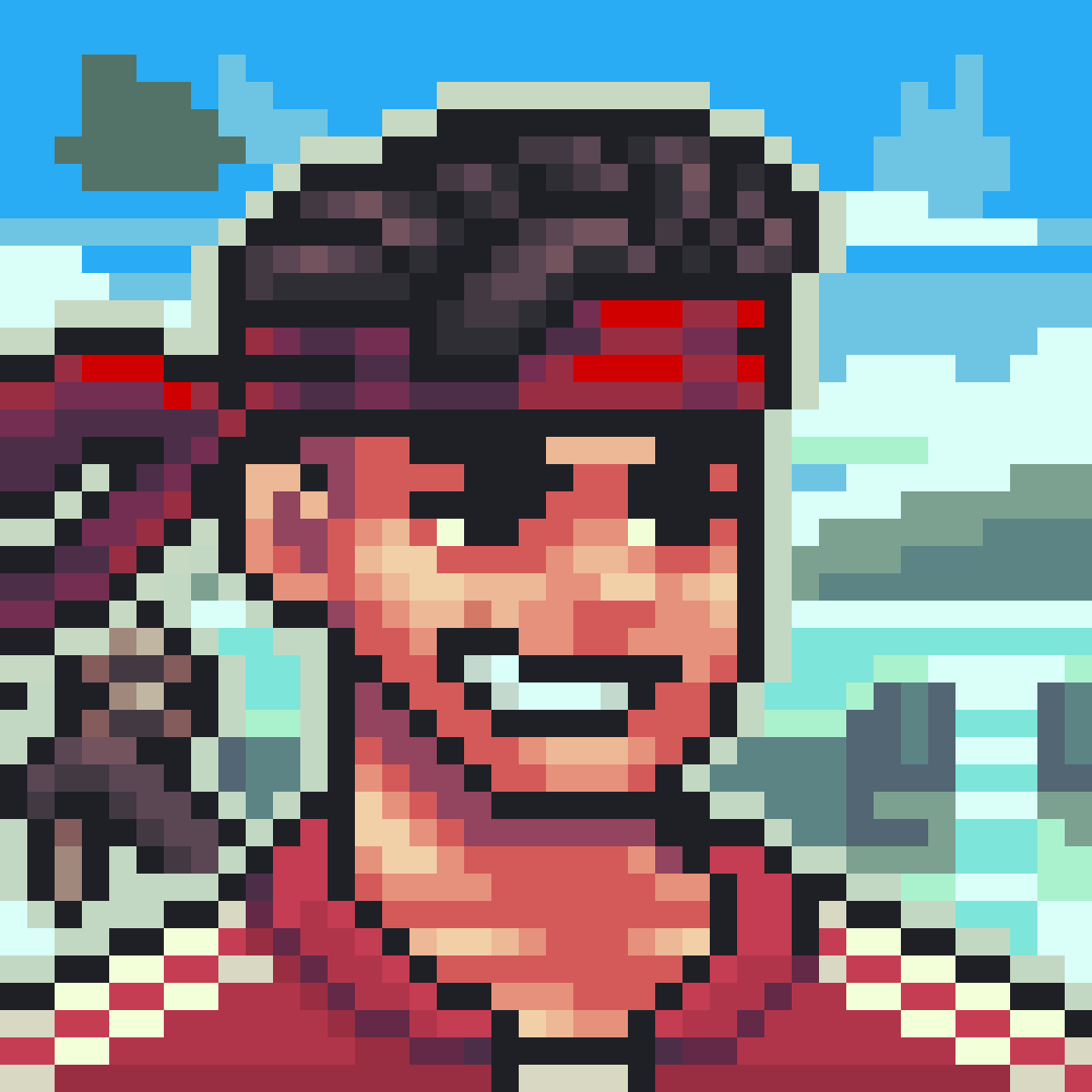
However, web3 gaming wasn’t quite the hot topic then that it became later in that year, which eventually prompted Dith to launch the collection.
“In my launch marketing for GLHFers, I told people to set their expectations to zero,” said Dith. “I wanted people to mint only if they like the art and like playing video games. While speculation has a part in the ecosystem, I was not interested in having pure speculators in the community — I was solely interested in finding my fellow gamers.”
The artwork is inspired by video game art styles from the 1980s and 1990s, what Dith considers to be the golden era of gaming. He was also inspired by other pixel art NFT collections, including Cryptoadz, Chimpers, Kaiju Kingz, Chain Runners, 1337 skulls. Some of the artwork features components directly inspired by some of these collections.
Building the first programmatic allowlist
For those who want to cultivate a particular community for their project, building a robust allowlist is key. Without a carefully designed system, it can be difficult to achieve a harmonious fit between community and collection, especially with PFPs.

Dith was intent on building a community of gamers, so he dispatched a specialized bot called the Adjutant that directed interested collectors to a three-click experience on the website, connecting their Discord accounts to a database and automatically collecting an Ethereum wallet address from the browser extension. From there, the Adjutant scored applicants on a variety of on-chain and off-chain factors, including:
- Age of the Discord account
- Membership in web2 game servers, like Valorant or Call of Duty
- Membership in web2 game brand servers, like Capcom or Nintendo
- Membership in web3 game servers, like Pirate Nation or Parallel
- Membership in web3 gaming community servers, like Game7 or WolvesDAO
- Membership in game development servers, like Unity or Unreal
- Gaming platforms connected the Discord account, like Steam or Battle.net
“All told, we set up scoring for over 100 other communities so we could identify real gamers,” said Dith. “The reception was pretty strong. We had over 15,000 applications come in for a mint just north of 3,000. It was good to see the demand, but it still doesn’t mean the buyers necessarily value the NFT.”

According to Dith, his next order of business is running a behavioral analysis comparing Discord activity, holding, and selling to the applications’ scores for minting.
What’s next for GLHFers?
Inspired by the daily auction format from Nouns and the rolling artwork reveals employed in the Opepen collection, Dith launched a new character in the program called the Auctioneer, who will deploy the remaining 150 special characters reserved from the collection via auction. Each special character will be unique and possess abilities that gamify the experience. The Auctioneer will offer these special characters in batches. The first 20 will test the waters with the community.
“The Auctioneer has been incredibly well-received and we’ll use the data from this first batch to optimize how we do the rest,” said Dith.
Further, Dith aims to make GLHFers a hub for all things gaming, a place with a sense of belonging for anyone involved in the sector.
“I really want GLHFers to find this ikigai [a Japanese concept that means your “reason for being”] magic triangle for people who play games, people who build games, and other personas in gaming,” Dith said. “I’m a lifelong gamer and want this to be the kind of place I’d find valuable and enjoyable.”
.avif)


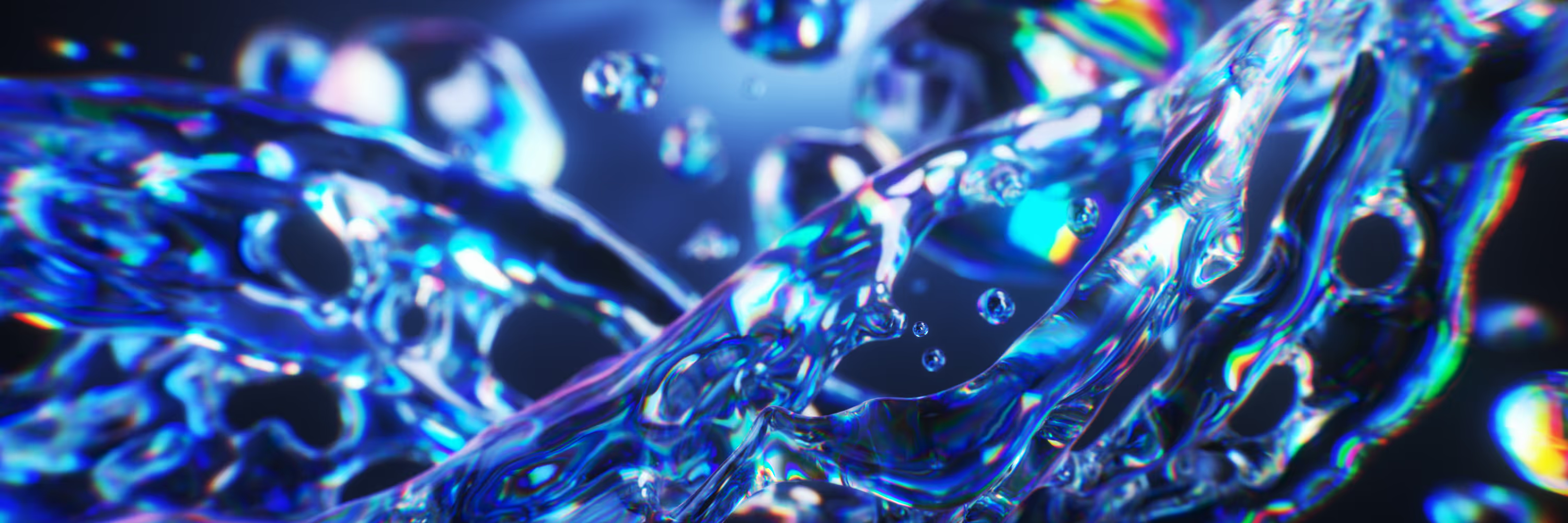
.avif)
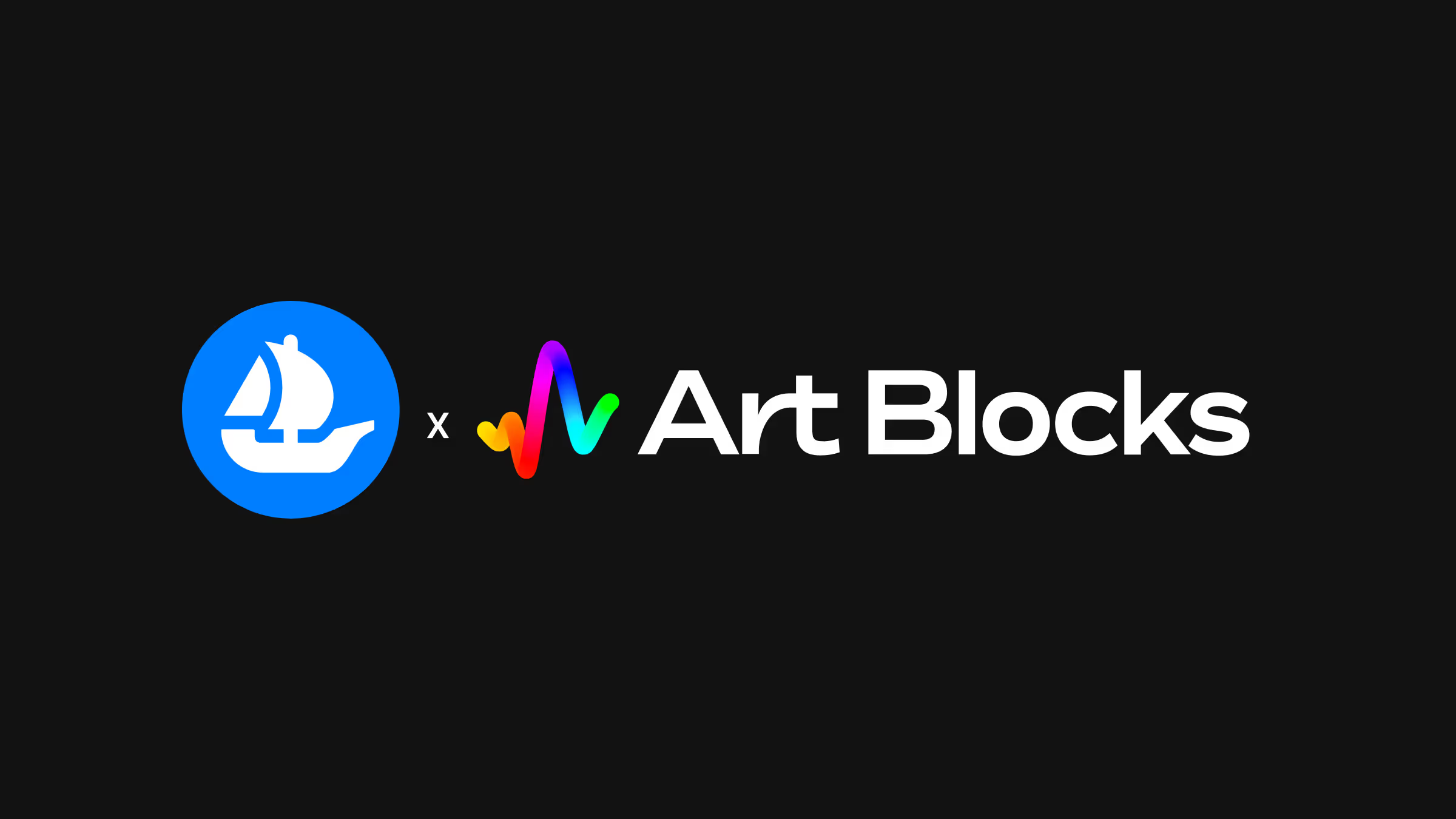

.png)
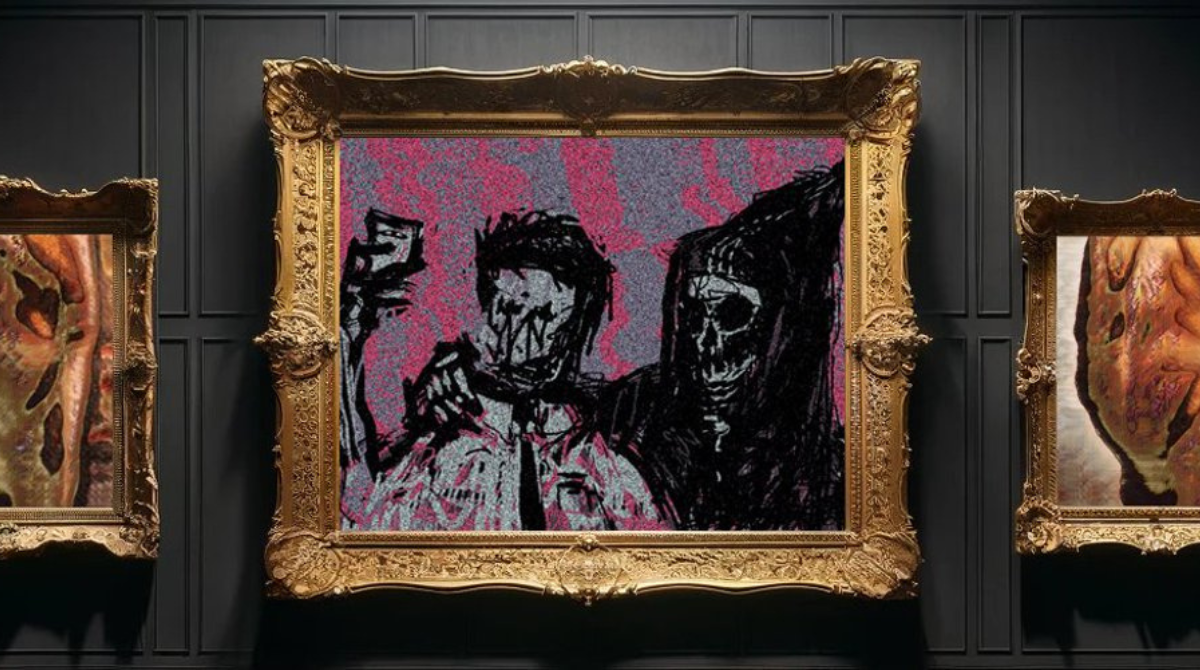

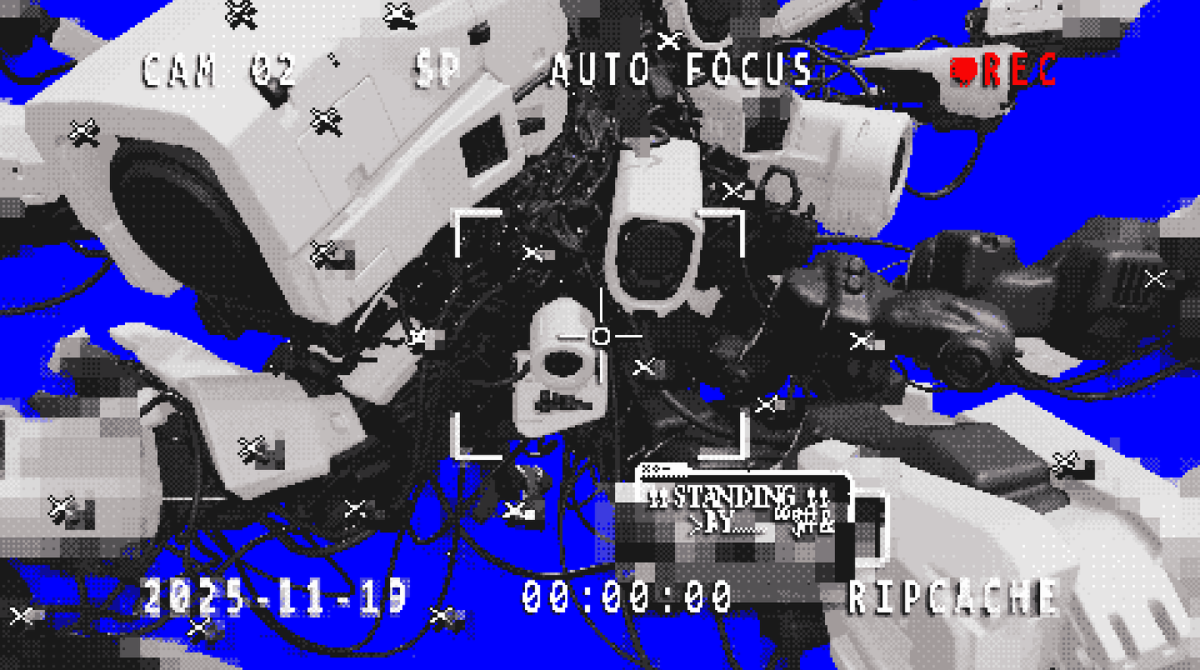
.png)
.png)
.png)